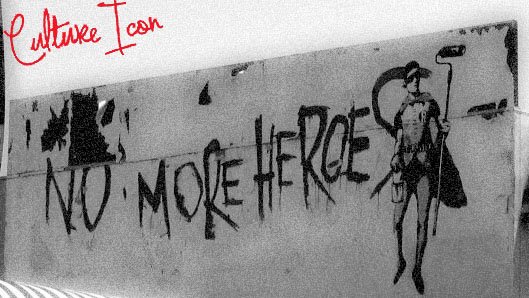
An aroma like bread dough permeates Raul Cano's lab. He has just removed the cover from a petri dish, and the odor wafts up from several gooey yellow clumps of microorganisms that have been feeding and reproducing in a dark cabinet for the past few days. Cano, a 63-year-old microbiologist at California Polytechnic State University, San Luis Obispo, inspects the smelly little mounds lovingly. "These are my babies," he says, beaming. "My yeasty beasties."
The dish contains a variant of Saccharomyces cerevisiae, known in culinary circles as baker's or brewer's yeast. But Cano didn't get this from Whole Foods. Back in 1995, he extracted it from a 45 million-year-old fossil. The microorganisms had lain dormant since the Eocene epoch, a time when Australia split off from Antarctica and modern mammals first appeared. Then Cano brought the yeast back to life.
This reanimation of an ancient life form was a breakthrough, a discovery so shocking that the scientific community initially refused to believe it. It changed our understanding of what microorganisms are capable of. It also gave the Cal Poly researcher a brief taste of fame. For a while, he thought it might make him rich. It didn't. Now, just when it seemed his babies would be forgotten, Cano has found a way to share them with the world.
Cano's Saccharomyces coupled with Hackett's know-how to yield a very tasty libation, which is now made and distributed under the name Fossil Fuels Brewing Company. "We won the lottery," Hackett says. "It's such a random thing. A yeast cell, captured in amber, found by a mad scientist. For it to perform well, for it to perform uniquely ... I wouldn't have bet on it."
Cano is delighted with the burgeoning success of Fossil Fuels ale. It'll earn him a little bit of money, and every pint or bottle sold could kick off a conversation about his momentous discovery 14 years ago. His only worry is that the unfiltered nature of this beer means that some of his yeast will invariably settle to the bottom of the glass or bottle, and an unscrupulous brewer could collect that and use it in another beer. The microbiologist has applied for a patent on his strains and has sequenced the genomes so he can tell if someone else has stolen it. "I am the keeper of the family jewels," Cano says. He isn't about to let them fall into the wrong hands.
Source: Wired (Full Story)

No comments:
Post a Comment